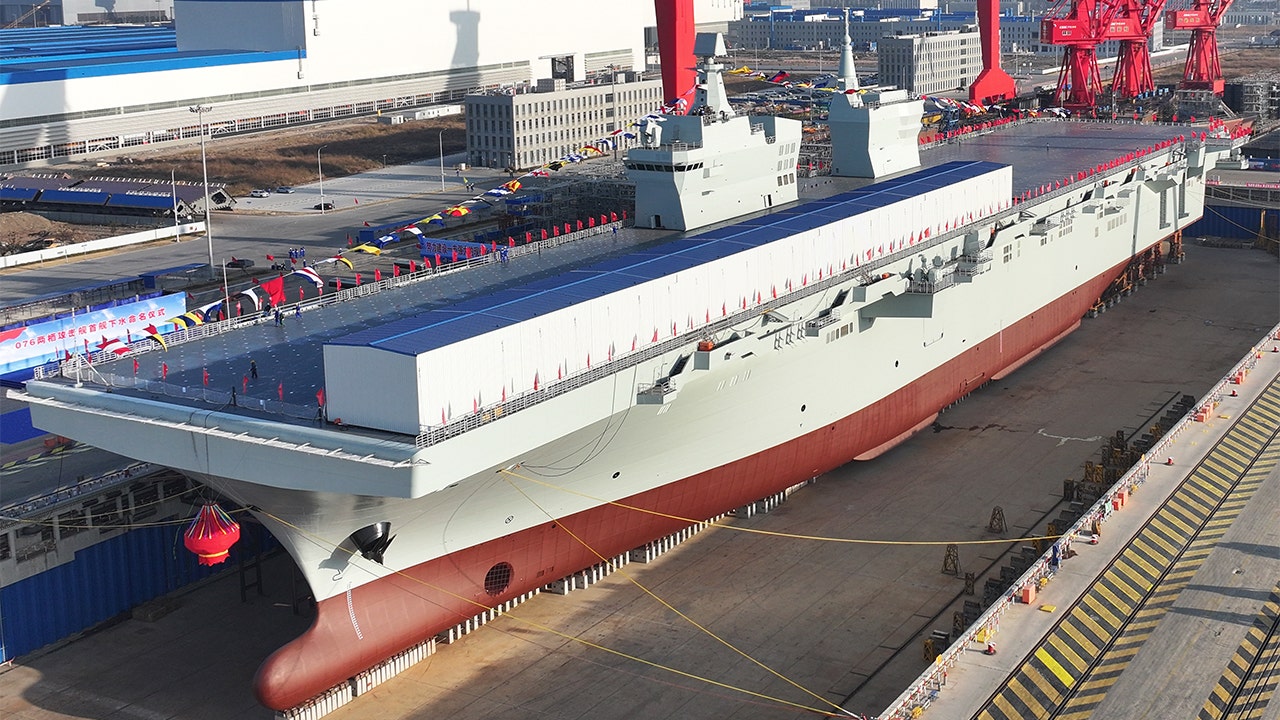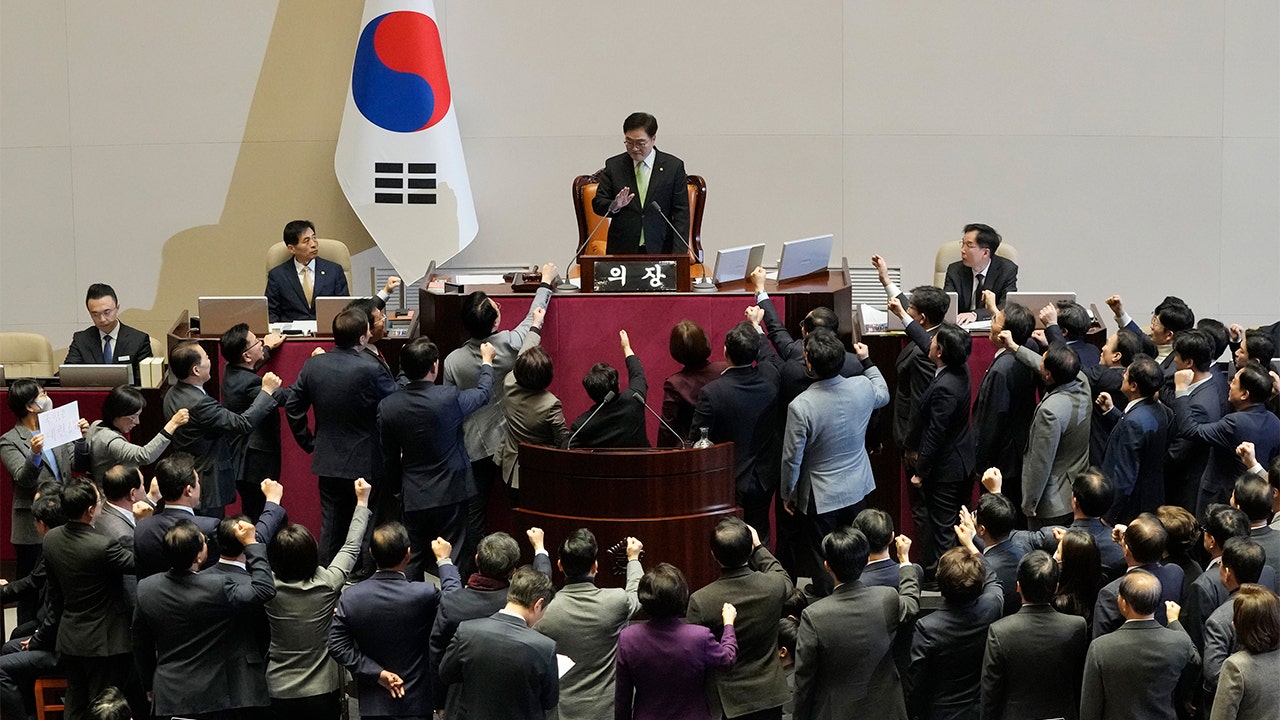Russian forces are increasing pressure on the eastern Ukrainian city of Bakhmut, pouring in waves of fighters to crush Ukrainian resistance and targeting supply lines in a bloody campaign aimed at securing Moscow’s first major battlefield victory in months.
Eleven months after Moscow launched its invasion, Bachmut and the surrounding areas have become a center of intense fighting, with growing importance as both sides add forces to the fight. Russia intensified efforts to capture Bakhmut, which could be key to conquering the entire Donbass region, after months of bombing that began in the summer yielded few gains.
“The situation is very difficult,” Ukrainian President Volodymyr Zelenskyy said in a recent statement nightly address after meeting with military leaders. He said: “There are constant attempts to breach our defenses.”
As the war progressed, firepower proved crucial to Russian achievements, but the battle for Bakhmut was different.
Ukrainian militants and analysts are increasingly saying Moscow has relied on a cruder tactic: attempting to tip the city into its Victory Column by the sheer weight of troop strength. As a result, Ukrainians say Russian casualties in recent fighting in Bakhmut have been higher than in previous months.
Part of Russia’s evolving strategy appears to be to overwhelm Ukraine’s defenses with waves of soldiers, many drawn from those of President Vladimir V. Putin call of 300,000 men in September. That would be a departure from Moscow’s summer campaigns elsewhere in the Donbass, when artillery pounded cities for weeks before Russia launched a sustained ground offensive.
Ukraine has also suffered heavy losses in Bakhmut. But the calculation for each side is not the same.
Michael Kofman, director of Russian studies at CNA, a research institute in Arlington, Virginia, said fighting there cost Russia more human casualties because its fighters often fought on foot and without armored vehicle support. But while Ukraine’s casualties may be lighter, he said in a recent episode of a military affairs podcast: War on the Rocksthey can be more painful.
Many of the troops who fought for Russia around Bakhmut were recruited from prison, and are less well trained than many of the soldiers with whom Russia started the war. Ukraine has largely relied on the National Guard and other forces to hold its main line of defense at Bakhmut, with better trained infantry units charging in when these fighters are attacked or retreat.
“Ukraine was forced to essentially trade in higher-tier troops to hold Bakhmut against expendable Russian forces,” Mr. Kofman said on the podcast. That, he said, could “hinder Ukrainian plans for an offensive across the board.”
Bakhmut’s strategic value, according to military analysts, lies in being a crossroads for some of the region’s highways. Capturing the city, which lies in Donetsk province, would not guarantee Moscow could make much headway to the east, but it would put Russian forces in a better position to do so.
Despite other setbacks in eastern Ukraine and the south, since last fall Russian troops moving toward Bakhmut from the east have been gradually pressuring the city. This month they took the salt mining town of Soledarsix miles to the northeast.
In the south, Ukrainian soldiers who had recently left the front line said a paved road that had been their main supply route to Bakhmut was now within reach of Russian artillery and tanks, although it was still in Ukrainian hands. This leaves Ukraine reliant on a road west to the town of Chasiv Yar, itself the target of frequent Russian attacks and more difficult to traverse.
In previous battles in the Donbass, Russian forces have often aimed to encircle a city first, leaving Ukraine to decide whether to devote costly resources to its defense. The fierce battle for Bakhmut suggests that Ukraine has overcome its misgivings about engaging head-on in a protracted struggle for a city and is willing to take casualties in the hopes of bolstering their enemy’s strength even further can weaken.
Fighting also raged elsewhere in Donetsk, in the city of Vuhledar, on Tuesday.
Moscow has gone from small probing raids around the city to one concentrated attackBritain’s Defense Ministry said on Tuesday, two days after Mr Zelensky described Vuhledar as one of the areas “under constant Russian attack”.
The city, which had a population of around 14,000 before the war, was nearly destroyed, but a Ukrainian military official stressed on Tuesday that it was still under Kiev’s control.
Military analysts say Ukrainian forces used their positions in and around Vuhledar to do this launch attacks at the region’s main railroad hub in the occupied town of Volnovakha, less than 10 miles away, to weaken Russia’s resupply efforts. The head of Ukraine’s regional military administration, Pavlo Kyrylenko, said Tuesday there had been “intense fire” in the area.
As both sides prepare for offensives expected in the spring over the coming weeks and months, Ukraine will be reinforced with new weapons, including tanks and missile systems, supplied by the United States and other allies.
On Tuesday the French Defense Minister announced that his country would deliver 12 more Caesar howitzers to Ukraine and step up efforts to train Ukrainian soldiers, a significant increase in military aid from a country that had recently refused to part with more its advanced artillery.
And last week, after a long Ukrainian campaign, the United States and Germany agreed on it Provide battle tanks to Ukraine, including military aid. Ukraine is also pushing its allies towards fighter jets, although President Biden has resisted sending Ukrainian F-16s.
But for now, the many new troops drafted in the fall will give Moscow an advantage.
Aurelia Breeden and Matt Surman Reporting.





